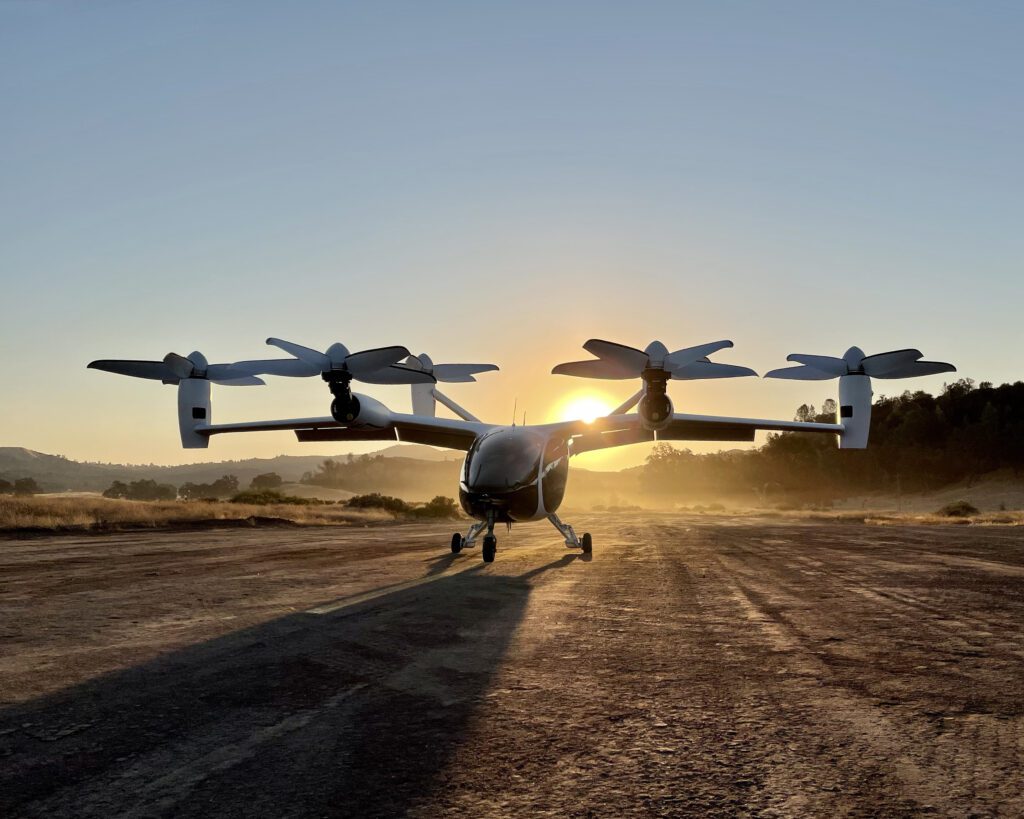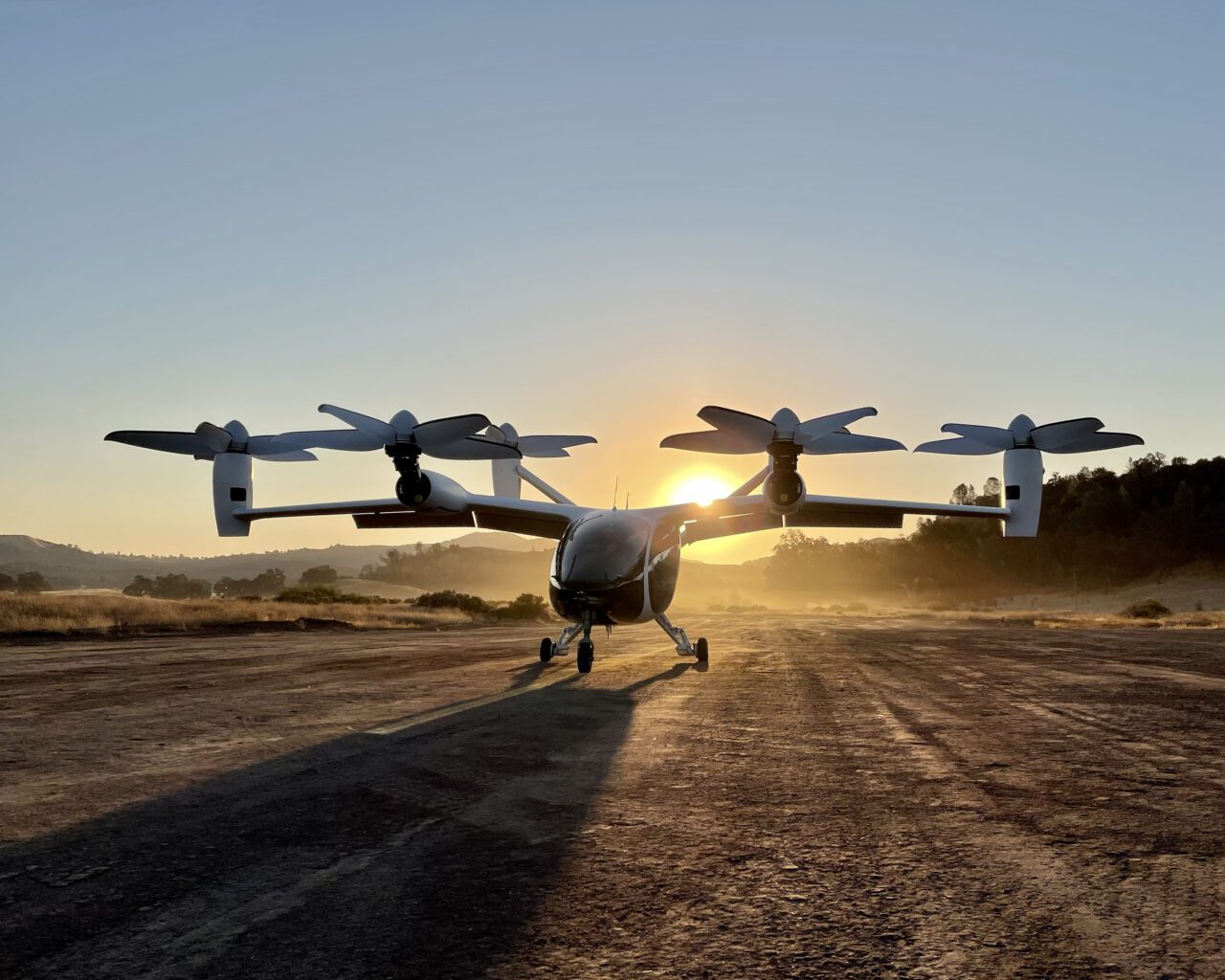Transformative Vertical Flight 2022: Opening Words from NASA, FAA, and USAF


Speakers from NASA, the FAA, the USAF, and the US Army presented updates during the Government Plenary of the Transformative Vertical Flight event this week. (Photo: Joby Aviation)
This week, the event is taking place for in-person attendees in San Jose, California, as well as for virtual attendees. The 9th annual eVTOL Symposium includes presentations from researchers, government agencies, and industry leaders. The opening session of TVF2022 featured Davis Hackenberg and Jaako Karras from NASA; Col. Jay Hopkins, US Army, Chief of Staff, FVL CFT; Col. Nathan Diller, USAF, Director of AFWERX; and Steve Bradford from the FAA.
Davis Hackenberg is the AAM (Advanced Air Mobility) Integration Manager at NASA. He shared details about NASA’s AAM National Campaign—a series of flight demonstrations intended to promote public confidence in the safety of AAM and to develop sustainable, accessible air travel in partnership with government entities and industry leaders. National Campaign-1 (NC-1) includes both flight demonstrations and simulations that will take place this year. Vehicle partners that will participate in NC-1 include Joby Aviation, Wisk Aero, and Reliable Robotics. Additionally, Joby took part in integrated operational urban air mobility (UAM) scenarios in 2021 as part of the developmental testing phase.
For NASA, the focus is less on the performance characteristics of the electric aircraft and more on gathering data on safety. Multiple companies including BETA and Joby are already flying, gathering data, and developing prototypes, Hackenberg said, and with most of the new vehicles, the automation of in-flight controls enables even safer configurations. NASA’s AAM National Campaign is concerned not only with safety but also with minimizing environmental disturbance. Flight testing performed with Joby’s eVTOL aircraft last year provided NASA with an opportunity to collect high-quality noise data using 60 microphones.

TVF 2022 and the annual eVTOL Symposium are taking place this week, featuring updates and perspectives from industry leaders, government agencies, and researchers. (Photo: Honeywell)
Jaakko Karras, a Robotics Electrical Engineer with NASA, gave a presentation on the Ingenuity Mars Helicopter, which successfully landed on Mars in February 2021. “The motivation for ingenuity is to enable new forms of exploration on Mars. There is a lot that can be done in the aerial dimension,” Karras says, in spite of the thin atmosphere of Mars—which is 1% the density of Earth’s atmosphere at sea level. In addition to the difference in atmospheric density, other challenges the team faced included the cold temperatures (90℃), the need for a self-sufficient solar power system, and autonomous operations due to the distance from Earth and inability to maintain real-time communications.
The next presentation was given by Col. Jay Hopkins, US Army, Chief of Staff, Future Vertical Lift Cross-Functional Team (FVL CFT). He shared three areas of focus for future unmanned aerial systems (UAS):
- Future Attack Recon Aircraft (FARA), with the first prototype flight planned for FY23. Prototype builds are already between 70–80% complete.
- Future Unmanned Aircraft Systems (FUAS)
- Future Long Range Assault Aircraft (FLRAA), with the first prototype flight expected to take place in the second quarter of FY25.
According to Hopkins, the four tenets of Future Vertical Lift are reach, survivability, lethality, and affordability. Aircraft will need to be built with the capability for multi-domain operations. When range and speed increase, so will survivability, which requires a layered approach of intelligence preparation off the battlefield and both off-board and on-board technologies. Another priority is driving competition to reduce both risks and operational costs.
Director of the AFWERX program within the USAF, Col. Nathan Diller spoke on the program’s progress and their coordination with the FAA to examine airworthiness and flight standards. May 2021 marked the Air Force’s first airworthiness approval awarded for human flight in the Agility Prime program. “It provides us the opportunity to do government-directed flight tests and understand the multiple different use cases,” Diller said. “In May, AFWERX also sent out a team of 20 operators that worked closely with our partners to identify the areas with the highest interest among our air force operators of these new electric aircraft.”
Just last month, the first AFWERX Agility Prime Air Force pilot was able to fly the Kittyhawk eVTOL through remote operations. Also in December, Archer performed its first hover flight with its Maker eVTOL. This month, Joby Aviation received FAA and USAF approval for their second aircraft prototype and also achieved a flight speed of 205 mph. “Looking to the year ahead, we see companies—fast followers—contacting us with opportunities to participate more broadly [in the AFWERX program],” shared Col. Diller. He also explained that they are collaborating with NASA to advance autonomy, traffic management technologies, and supply chain management.

Pictured above is Kittyhawk demonstrating Heaviside’s autonomous capabilities. (Photo: Kittyhawk)
TVF2022’s opening session concluded with a presentation from Steve Bradford, Chief Scientist for Architecture and NextGen Development at the FAA. The topic was integration of UAM operations into the airspace. Bradford said that airspace integration is defined by conflict management, which is comprised of traffic synchronization, balancing of demand and capacity, and airspace organization.
UAM corridors came into existence when the FAA released the first version of its Concept of Operations (ConOps) in July 2020. Bradford and his team are working on ConOps 2.0 now with the idea that corridors will be implemented only as needed; there will be alternate mitigation strategies for crossing traffic; and the overall impact to non-UAM vehicles will be reduced. Through this version of ConOps, expected to be issued early this year, the FAA will offer more flexibility for UAM corridor design.
The post Transformative Vertical Flight 2022: Opening Words from NASA, FAA, and USAF appeared first on Aviation Today.
—————
Boost Internet Speed–
Free Business Hosting–
Free Email Account–
Dropcatch–
Free Secure Email–
Secure Email–
Cheap VOIP Calls–
Free Hosting–
Boost Inflight Wifi–
Premium Domains–
Free Domains






